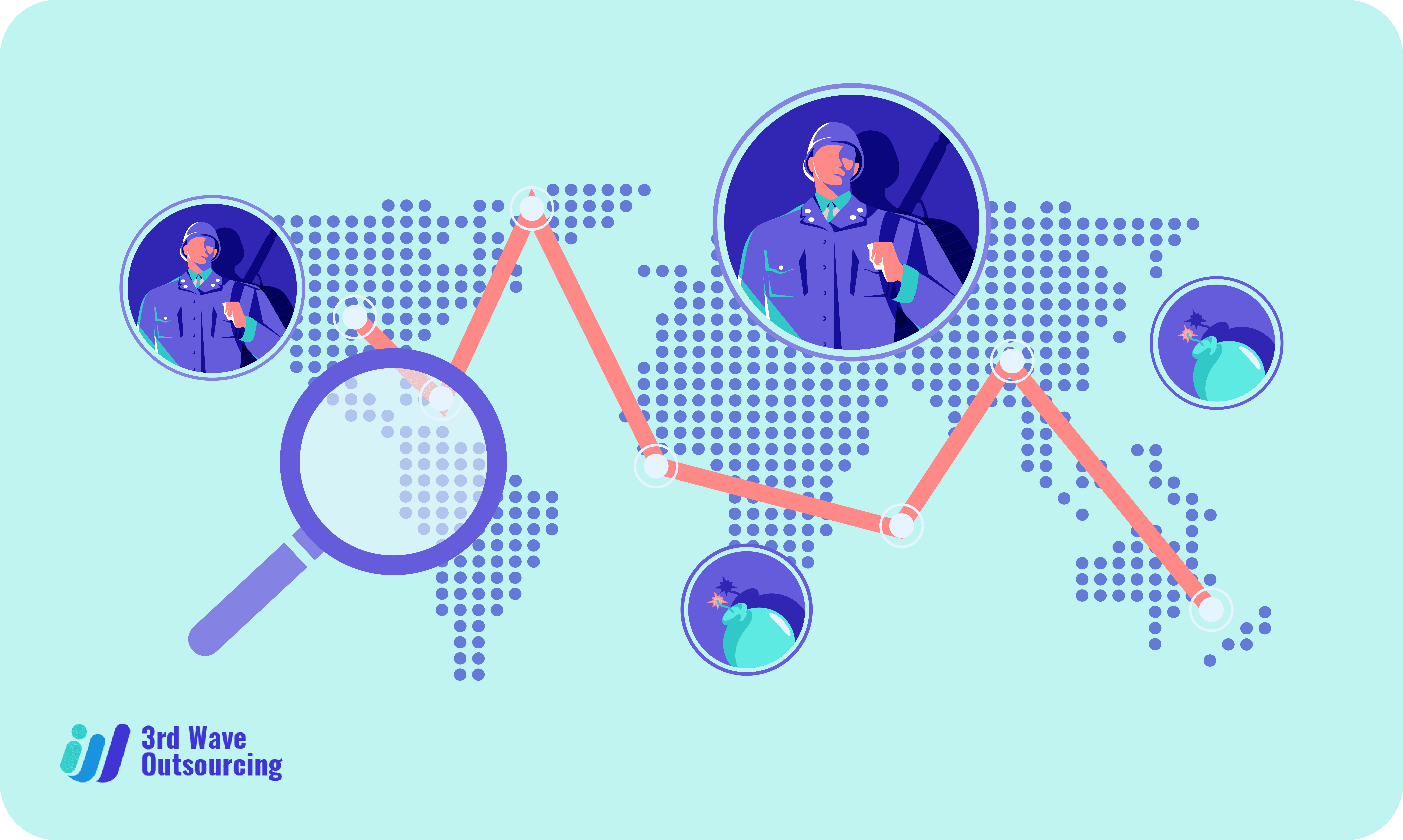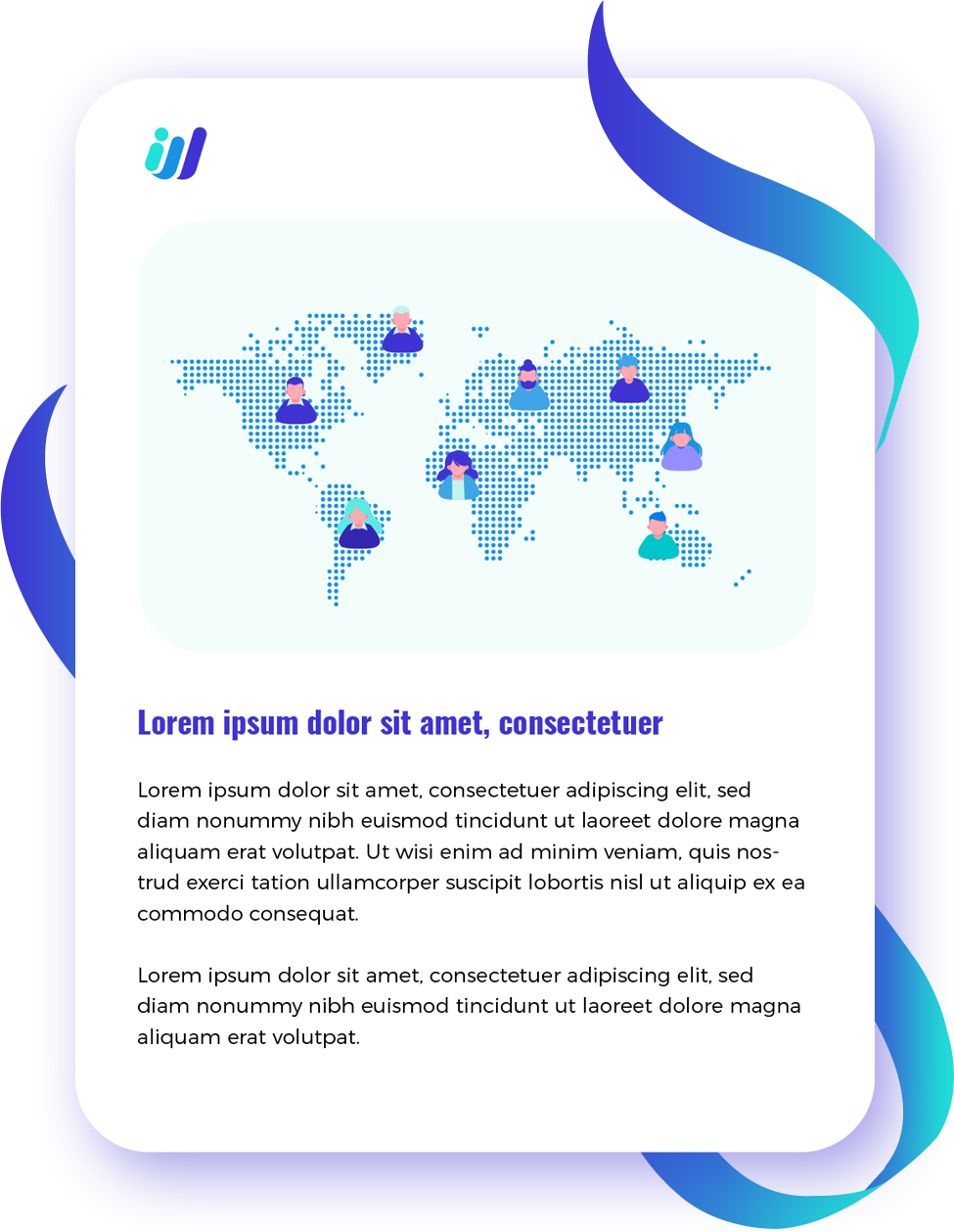In an economy filled with rising geographical and geopolitical risks, disruptions arise which makes it difficult for large and small companies alike to do business as usual.
Escalating international and internal political tensions e.g. the tense ties between U.S. and China, Russia’s imminent invasion of Ukraine, the current political instability and economic uncertainty in Afghanistan, among many other hostilities pose many threats to an organization’s operations, performance, and culture. Global enterprises must use a five-pronged approach to measure and manage geographical and geopolitical risks.
1. Allot serious discussion time with the management
When deliberating geopolitical risks, it is a good idea to focus on a specific investment, project, or market entry or exit. But the most important thing to examine is the broader strategic landscape, full range of risk scenarios and consequences, and key decision points.
During scheduled business meetings, ask the following questions:
- How should the company respond to the geopolitical risks and still maintain business resilience?
- What are the most urgent geographical and geopolitical risks that would affect the business?
- Based on the analysis, how will the company prioritize decisions and actions according to the current business continuity plan and allotted budget?
Company management or business boards must provide a regular forum to examine pressure points and operating realities from multiple perspectives including leaders within the company, key stakeholders within the industry, and even government agencies and non-government organizations. This will improve decision making, establish risk appetite, and avoid following an approach that’s too narrow or insular.
Having a consensus creates a shared set of guiding principles and priorities as well as a set of trust-based relationships and mutual understanding across the organization that enables rapid, purposeful reaction to measure and manage geographical and geopolitical risks.
2. Respond to geopolitical risks across multiple time frames
Plan short-term, midterm, and long-term response strategies to ensure less friction and dangers while navigating fast-changing situations or emergencies.
Short-term action: Establish a crisis-response unit to take the lead on identifying potential risks and developing mitigation strategies from political events or sensitive national issues that threaten to disrupt the company’s operations. Make sure to invest in strategy, PR, and government-relations teams to communicate the company’s perspectives on important business-related matters and to gain insights about potential regulatory actions or sanctions that could affect it.
Midterm action: Hold regular briefing sessions on relevant geographical and geopolitical risks to understand the company’s potential exposures and evaluate the current mitigation efforts on brand and reputation, cybersecurity strategy as well as products, services, and partnerships.
Long-term action: Determine how much the company can rely on its IT infrastructure to protect against cyberattacks or comply with regulatory requirements. Explore the most significant opportunities and challenges created by a constantly evolving geopolitical landscape and the investments or adjustments needed to address them.
3. Redefine the corporate narrative
For business leaders, whether they choose to remain identified as global entities to protect opportunities from emerging markets or opt to strengthen ties to the countries where their companies are based – the truth remains: they have to consider the ramifications as well as the trade-offs of a company’s core narrative. If a specific story about the organization leads to conflicts with external or internal stakeholders, determine the potential remedies that is within the scope and capabilities of the company.
4. Deploy market-specific risk frameworks and guidelines
This applies to organizations with businesses in high-risk markets. Developing refreshed assessments or “compacts” should combine corporate strategy and risk management to make crystal clear the company’s priorities as well as the criteria for measuring and managing geographical and geopolitical risks.
5. Cultivate cohesiveness among stakeholders
Global enterprises will have stakeholders with differing cultural reference points and opinions on issues such as human rights and privacy. It’s of utmost importance to make sure that all affected geographic regions are represented when preparing for and resolving external and internal shocks and pressures. Otherwise, conflict will arise and damage culture, reputation, and performance.
Navigating The New World of Work
Economic globalization has forced governments and global enterprises to adapt to the demands and expectations of a nonstop marketplace. Likewise, rising geographical and geopolitical risks around the world require that corporate executives confront the consequences to business performance and make long-term for continuing business success. Learn how Third Wave Outsourcing can help your organization gain full access to the best global talent and thrive in the future of work.



